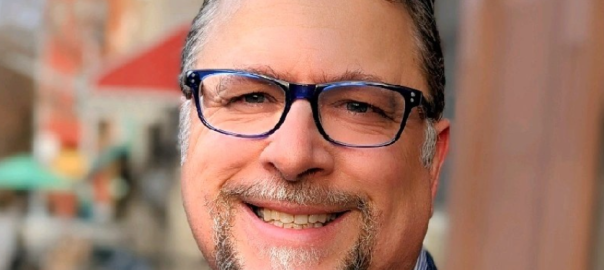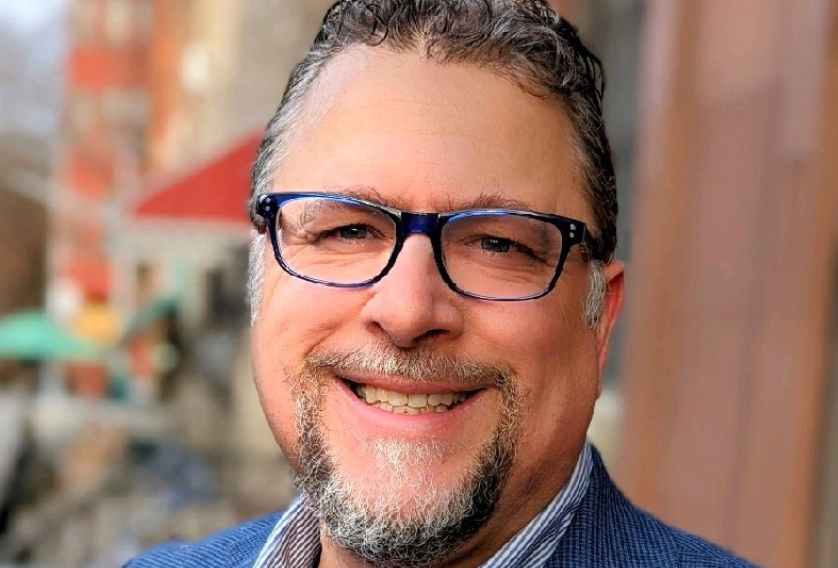
Improving paid leave for cancer patients and others
Over the past few years, a disturbing trend has emerged: people are increasingly being diagnosed with cancer at younger and younger ages. Oftentimes, this means that in the middle of their careers, some patients will be forced to make an impossible choice between working through their treatment to pay the bills or taking unpaid leave to focus on healing. Paid family and medical leave provides a solution to this dilemma, but the current offerings in New York do not need meet the needs of cancer patients. By restricting the scope of this benefit, we are expecting people in the throes of fighting for their life to show up to the office or risk financial insecurity. State leaders have the opportunity to improve New York’s existing paid medical leave program, and patient advocates across New York are expecting them to act. Failing to do so risks the financial health of countless families.
For most cancer patients, the diagnosis is just the start of a difficult and time-consuming journey, which can include surgeries, invasive therapies, side effects and ongoing maintenance that can last months, if not years. In a recent survey of cancer patients and survivors, three out of four respondents said they missed work due to their illness; two thirds of those needed to take off over a month in total. Although some were able to receive all or part of their normal income to make it through these difficult periods, more than a third of those who had to take time off to undergo treatment did not receive any pay for that time.
New York currently maintains a Paid Family Leave (PFL) and Temporary Disability Insurance (TDI) program, which enable patients to take time for their or a loved one’s treatment; however, the shortest duration that a patient may take under the PFL benefit is one day at a time, and the TDI program does not cover any intermittent leave. For many cancer patients, this is problematic. Cancer care often demands sporadic or intermittent time-off.
A nationwide survey of cancer patients showed that, of those who had to take unpaid leave during their treatment, 37% took time off intermittently, either in increments of hours or days at a time, where 11% had a mix of increments—from hours to days to weeks. For those who benefitted from paid medical leave, 30% took time in increments of hours or days. New Yorkers with cancer need to be able to take a few hours off to go to a check-up or chemotherapy session.
These programs need to better reflect the cancer experience by including intermittent leave. Senator Ramos and Assemblymember Solages are championing efforts that aim to do so. Their proposals, Senate Bill 2821B and Assembly Bill 4053B, seek to ensure that intermittent leave can be taken in increments of an hour, rather than having to bundle time-off and take it all at once.
All working cancer patients, survivors and caregivers should have access to paid family and medical leave that allows them to take time off work to attend to their own or a loved one’s care without losing their job or income. State leaders should adopt and improve upon Governor Hochul’s proposed Fiscal Year 2024-25 budget provisions on Temporary Disability Insurance benefits by incorporating additional protections, including the intermittent leave benefit outlined in Senator Ramos’ and Assemblymember Solages’ proposals, into the final state budget.
Battling cancer is hard. Continuing to work full- or even part-time while undergoing cancer treatment can be impossible. Legislators can help alleviate the burden of disease by improving access to paid family and medical leave.
Michael Davoli is Senior Government Relations Director, ACS CAN New York.

